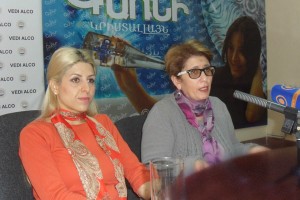Today is World Migratory Bird Day

Today is World Migratory Bird Day!
Here’s how atoms in bird feathers and beaks have a part to play.
By measuring the ratio of certain atoms in these birds, scientists can understand where they go, where they like to live, and what they eat and drink, which are key for protecting them and their habitats. These atoms are known as isotopes, which are chemical elements with the same number of protons, but a different number of neutrons. Over time, one or more stable isotopes of hydrogen, carbon, nitrogen, oxygen and sulphur, for example, build up to varying degrees in a bird’s feathers and beaks. The amount of each isotope depends on the food and water a bird takes in as well as where they go in the world. Knowing that geographical regions have different, but relatively constant, stable isotope patterns, scientists can discover a bird’s point of origin and path of migration. And thanks to the fact that a bird’s feathers and beak are constantly growing, scientists can use several sequential isotopic measurements to figure out where exactly a particular bird was at a given time.
So that is one way nuclear science can help protect migratory birds around the world. With this kind of information, nuclear science could also be a useful way to tackle this year’s theme on stopping the ‘illegal killing, taking and trade’ of these birds.
Suggestions
 At the World Conference on Programming of the Green Climate Fund, the Deputy Minister of Environment touched upon the large-scale aggression of Azerbaijan against the territory of the Republic of Armenia
At the World Conference on Programming of the Green Climate Fund, the Deputy Minister of Environment touched upon the large-scale aggression of Azerbaijan against the territory of the Republic of Armenia
 World Bank loans pushing for “war” on water
World Bank loans pushing for “war” on water
 The Elimination of Birds Primarily Harms Us։ Ecologists Alarm
The Elimination of Birds Primarily Harms Us։ Ecologists Alarm












